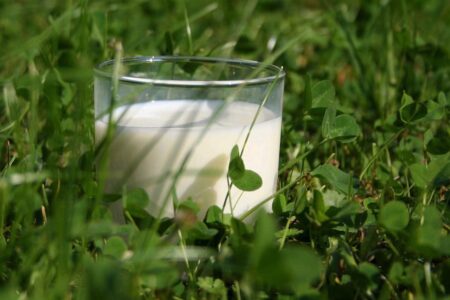The survival of small farms in Germany

The number of farms in Germany fell by more than 95% between 1950 and 2017. In particular, livelihood of small farms is a concern – around 4.51% of farms in Germany gave up in 2018, while only half this number gave up in the catchment area of Berchtesgadener Land dairy. In the past 10 years, the dairy has paid well above-average milk prices to its farmers.
“Hardly any other sector is in such a strong field of tension between ecology and economy. Politics and trade demand from agriculture the production of high-quality food at the lowest possible prices. At the same time the requirements regarding environmental and animal welfare standards are rising continuously. This poses daunting challenges for dairy farmers throughout Europe and often leads to the greatest need for existence,” said Bernhard Pointner, managing director of Berchtesgadener Land dairy (pictured).
“We guarantee our farmers a solid and reliable basis for calculating and implementing investments in animal welfare and machinery. The payment of a consistently high, fair milk price is one of the most important corporate goals for us as a cooperative dairy.”
As a result of the extensive farming methods typical of the mountain region, the farmers of the Berchtesgadener Land dairy make a significant contribution to the preservation of the cultural and natural landscape in the catchment area between Zugspitze and Watzmann.
“Only through a high and fair milk price can our farmers continue to farm their farms in a traditional and sustainable manner, thus contributing, inter alia, to preserving biodiversity in the region,” Pointner said.


